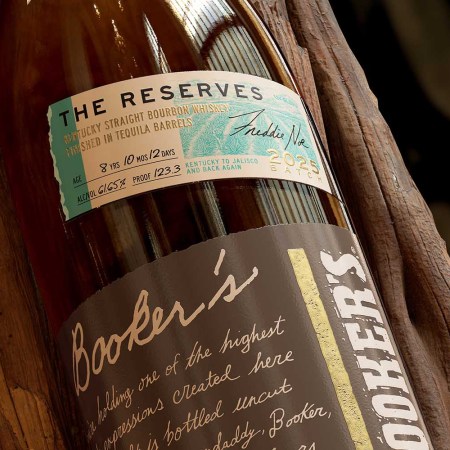Although worldwide production of PBCs has been banned for nearly two decades, the lingering chemicals may kill off half of the world’s population of killer whales over the next several decades. PCBs continue to live in the blubber of orca whales, and could cause whale populations near the United Kingdom, Brazil, Hawaii, Japan, and the Strait of Gibraltar to stop growing and eventually die off.
The study, published in Science, found that PCBs are capable of disrupting whales’ ability to reproduce, damaging their brains, and causing cancer. PCBs are passed from animal to animal in the food chain. The chemicals get more concentrated each time they get eaten, putting killer whales, sitting at the top of the food chain, at the most risk.
Though PCB levels are lower near Alaska, Norway, and the Arctic where whales are likely safe, the legacy of the toxic chemical could be disastrous for half of the world’s killer whales.
Thanks for reading InsideHook. Sign up for our daily newsletter and be in the know.



















